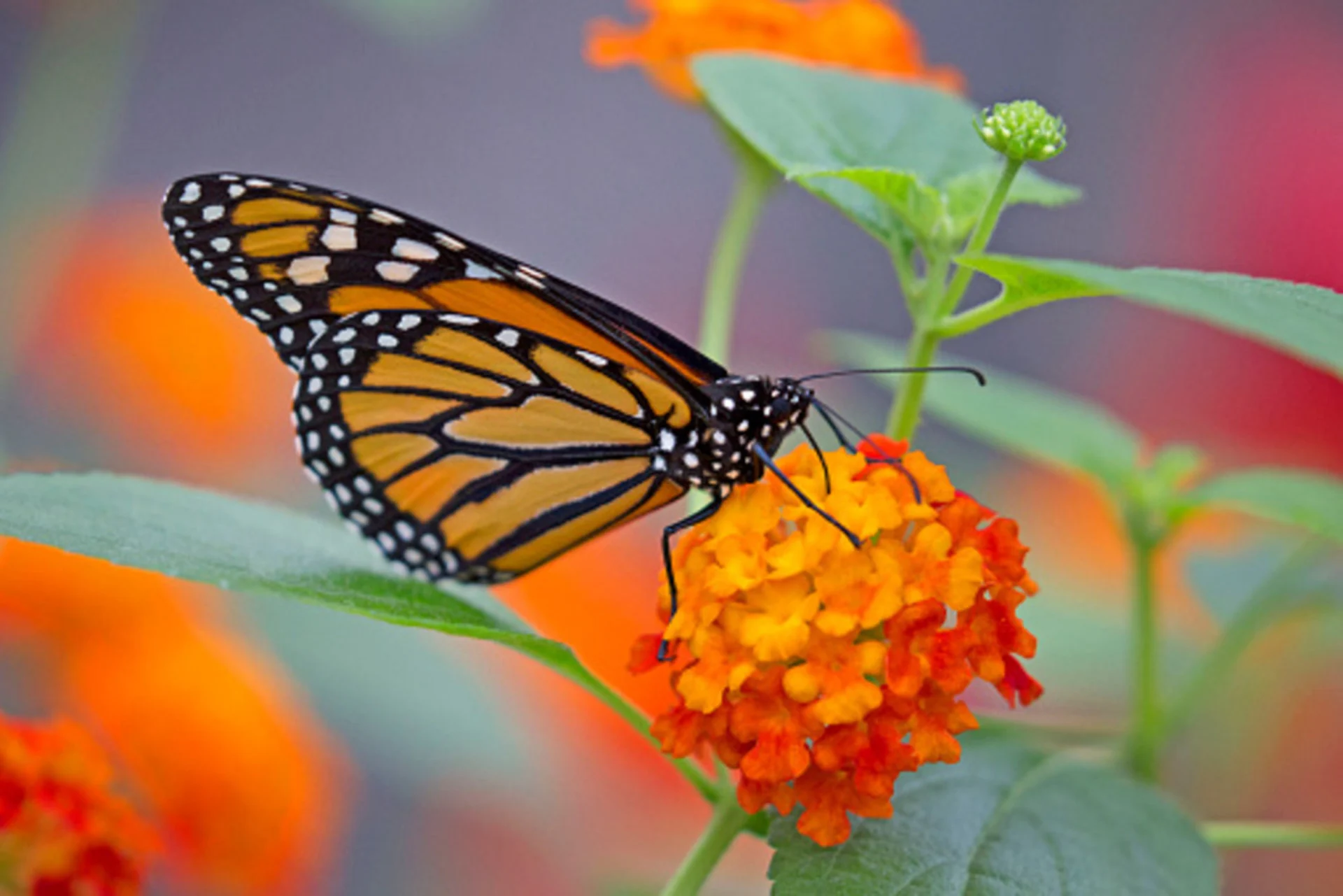
Why monarchs gather at the southernmost point in Canada
Weather Network meteorologist and storm chaser Mark Robinson recently visited Point Pelee, Ontario, Canada's southernmost mainland tip, to check in on the monarch butterflies.
Each year monarchs -- arguably the most recognizable of all North American butterfly species due to distinct orange, black and white markings -- make their way to Mexico, travelling up to 160 kilometres per day.
This species has the longest and largest insect migration in North America, travelling up to 8,000 km a year.
As they migrate the butterflies help pollinate approximately one-third of the fruits and vegetables that humans consume.
Point Pelee is a stopping point for monarchs on their journey. On some days, there can be thousands of them in the area says Pascale Gerdun, a park interpreter at Point Pelee National Park.
Monarchs follow shorelines and only cross water when they have to. When they reach Point Pelee, they'll have a break and wait for a wind that will help them on their journey.
HERE'S HOW TO HELP MONARCHS
Milkweed plays a crucial role in the monarch's life cycle. In some parts of Canada and the U.S., more than 90 per cent has vanished due to agricultural practices.
"Milkweed is an essential plant for the monarch butterfly because it's the only plant that females will lay eggs on and it's the only food that monarch caterpillars will eat. So they're wholly dependent on this one specific plant," Jode Roberts, a communications specialist with the David Suzuki Foundation, said.
Helping the monarch can be as simple as planting one of the many species of native milkweed somewhere on your property.
You can take that a step further by setting up a monarch waystation and registering it online with monarchwatch.com.
Waystation kits can be purchased through the organization for $16, and they include everything needed to help monarchs along their journey.










